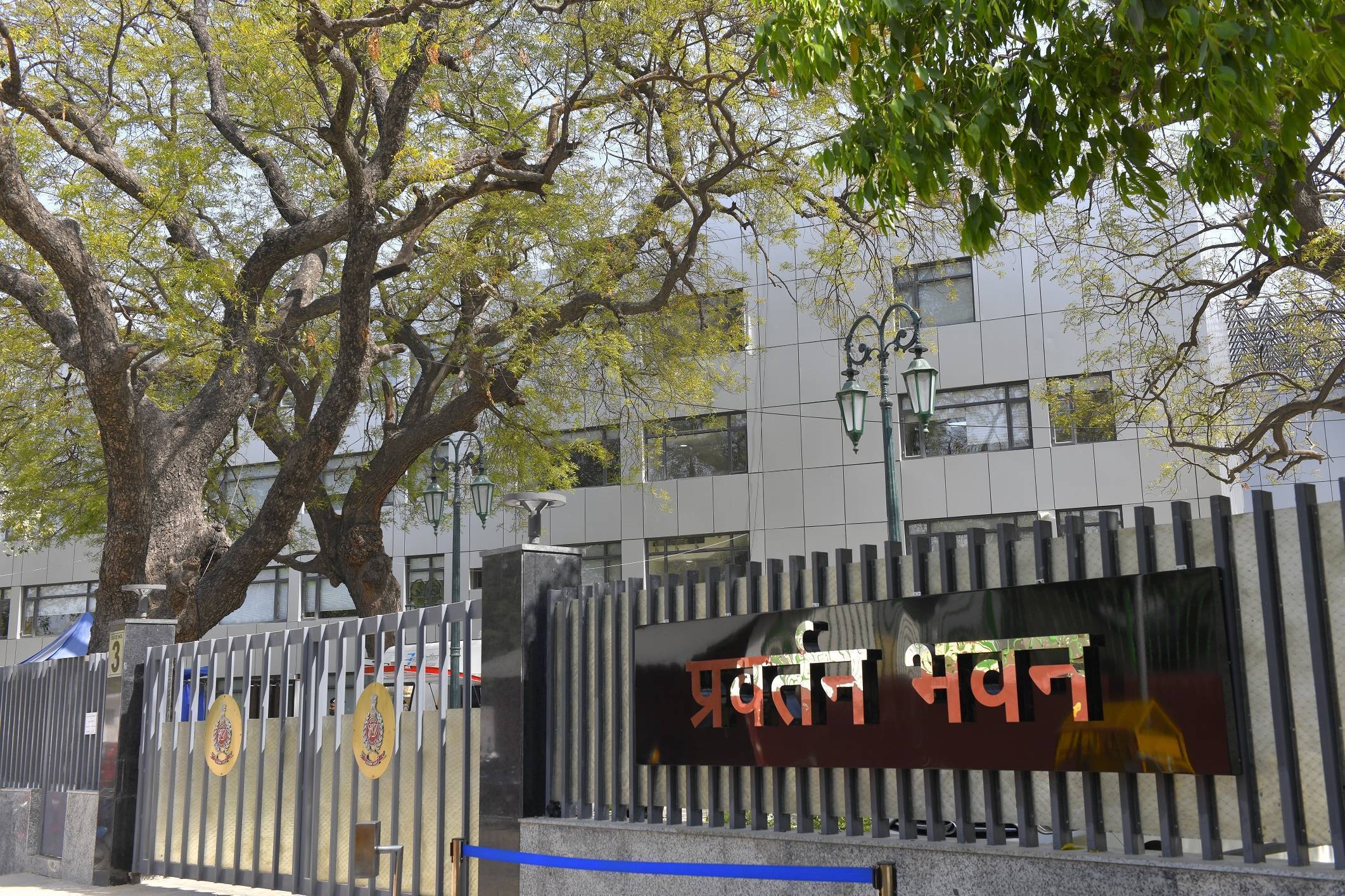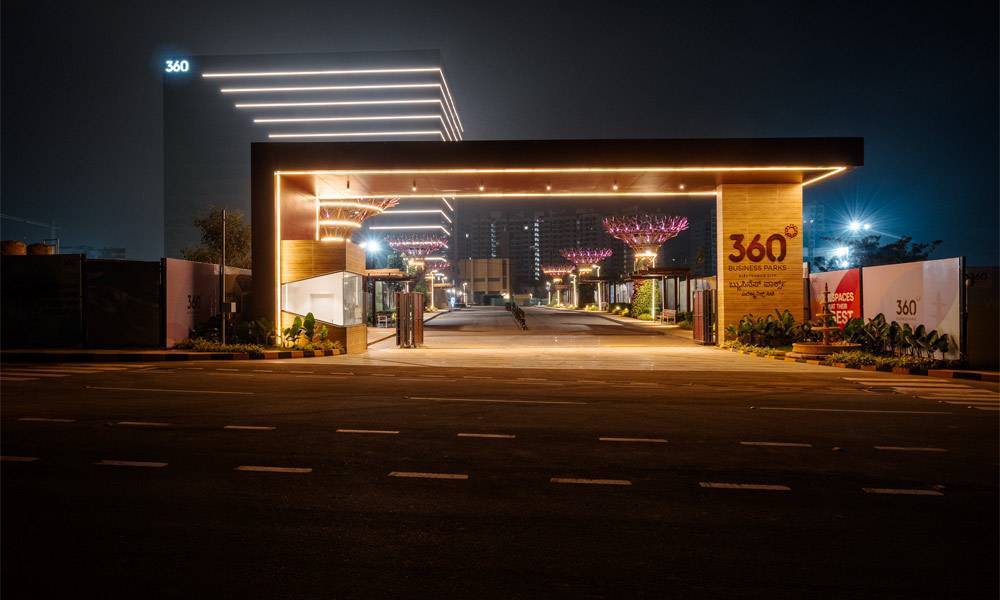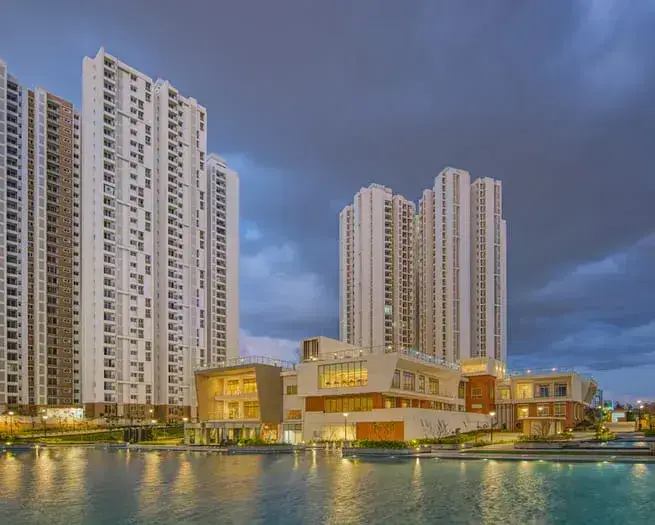The proposed housing project in Manimajra has hit a regulatory requirement as the Union Territory (UT) Administration clarified that environmental clearance is mandatory before the project can proceed. The Municipal Corporation (MC) has been instructed to seek clearance from the Environment Department before moving forward with construction activities.
The clarification follows a recent notification issued by the Administration, stating that all townships and area development projects covering more than 50 hectares or having a built-up area exceeding 1,50,000 square metres must obtain environmental approval. The step aligns with directions from the National Green Tribunal (NGT) and takes into account the proximity of the project site to the Sukhna Wildlife Sanctuary, which has been designated an eco-sensitive zone.
Sources indicated that the civic body now plans to hold detailed discussions with the Environment Department to ensure compliance with the clearance requirements. The MC has not yet received guidance on provisions regarding housing for economically weaker sections (EWS). According to the zoning plan approved by the Architecture Department, EWS accommodations must be provided for domestic servants and other service personnel associated with the main dwelling units. The plan specifies that at least 15% of the main dwelling units should be allocated for such purposes, with a minimum area of 30 square metres per unit. However, key policy details on construction standards, cost limits, and allotment processes for EWS units remain pending.
The project is considered a crucial revenue-generating initiative for the cash-strapped civic body. The MC’s General House had already approved the terms and conditions for auctioning over 7.5 acres of land in Pocket Number 6 of Manimajra, which is divided into five parcels. Mayor Harpreet Kaur Babla has been actively pursuing project approval. The land auction is expected to generate revenue exceeding ₹800 crore, providing significant financial support to the civic administration.
Officials emphasized that adhering to environmental clearance procedures is necessary not only to comply with legal requirements but also to ensure that development in the region does not adversely affect the surrounding eco-sensitive zones. The MC faces the dual challenge of progressing with the project to secure revenue while meeting environmental and social compliance standards, particularly for EWS housing provisions.
The MC’s next steps will include detailed consultations with the Environment Department and finalization of EWS guidelines before launching the auction and construction process. The project, once approved, is expected to contribute substantially to the city’s housing stock while generating revenue that can support other civic initiatives. The timeline for completion will depend on the swift receipt of clearances and finalization of policy provisions for EWS housing.









.png)